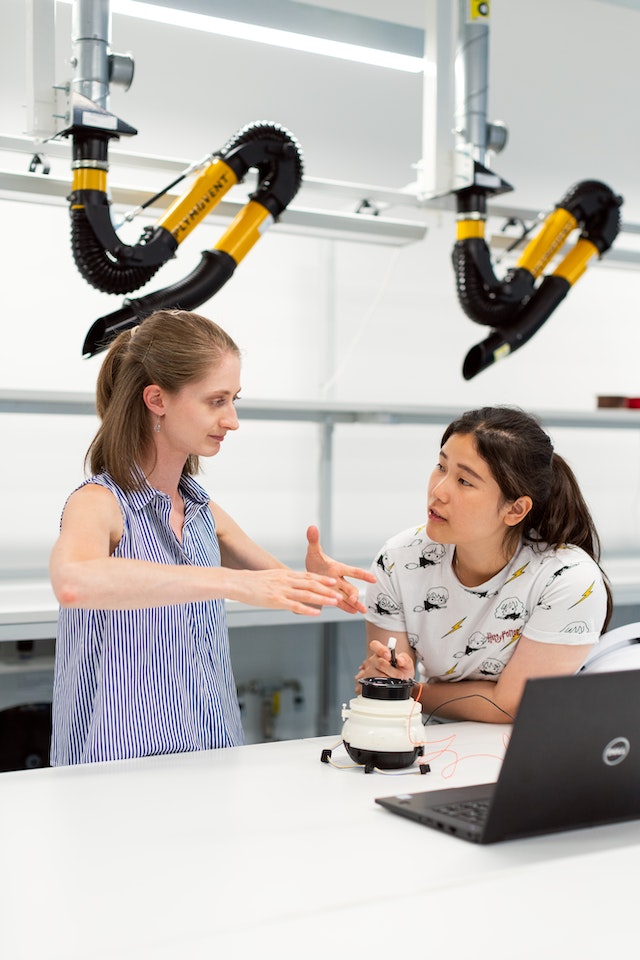Virtual reality (VR) has revolutionized the way we perceive and interact with the world around us. It has transcended the boundaries of traditional entertainment and has found its way into various sectors, including education, healthcare, and design. This article explores the awe-inspiring rise of virtual reality and its implications for the future.
Introduction:
Imagine stepping into a world where the line between reality and imagination is blurred, where you can explore distant lands, interact with fictional characters, and experience scenarios that were once beyond reach. This is the realm of virtual reality, an immersive technology that has taken the world by storm. In this article, we will delve into the fascinating world of virtual reality, tracing its origins, exploring its applications, and envisioning its future.
What is Virtual Reality?
Virtual reality is a simulated experience that can be similar to or completely different from the real world. It typically involves the use of a head-mounted display, along with other sensory devices, to create a convincing and immersive environment. The aim is to provide users with a sense of presence, making them feel as if they are physically present in a computer-generated world.
The History of Virtual Reality:
The roots of virtual reality can be traced back to the mid-20th century when inventors and visionaries began exploring the idea of creating artificial environments. In 1965, Ivan Sutherland introduced the concept of a “head-mounted three-dimensional display,” laying the foundation for what would later become a virtual reality. Over the years, advancements in computer graphics, sensor technology, and processing power propelled virtual reality into the mainstream.
Applications of Virtual Reality:
Virtual reality has found applications in various fields, revolutionizing the way we learn, heal, create, and entertain. Let’s explore some of the prominent domains where virtual reality has made a significant impact.
Read More: Artificial Intelligence in Business: The Road Ahead
Virtual Reality in Entertainment:
Entertainment has been one of the primary drivers behind the popularity of virtual reality. With VR headsets becoming more accessible, users can now immerse themselves in virtual worlds, whether it’s exploring fantastical landscapes, engaging in thrilling gaming experiences, or attending virtual concerts. Virtual reality has opened up new dimensions of storytelling, offering unparalleled levels of engagement and immersion.
Virtual Reality in Education:
Virtual reality is transforming the educational landscape by providing immersive and interactive learning experiences. Students can explore historical events, dissect complex scientific concepts, and even take virtual field trips to distant locations. By bridging the gap between theory and practice, virtual reality enhances knowledge retention and stimulates curiosity.
Virtual Reality in Healthcare:
In the realm of healthcare, virtual reality has proven to be a game-changer. It enables medical professionals to simulate complex surgical procedures, training in a risk-free environment, and improve patient outcomes. Virtual reality is also being used for pain management, therapy, and rehabilitation, offering alternative methods for treating various physical and mental conditions.
Virtual Reality in Architecture and Design:
Architects and designers are leveraging virtual reality to revolutionize their creative processes. With VR technology, they can visualize and explore architectural designs in 3D, test different materials and lighting conditions, and gather valuable feedback from clients. This immersive approach not only enhances design iterations but also helps stakeholders make more informed decisions.
The Future of Virtual Reality:
As technology continues to advance, the future of virtual reality looks promising. We can anticipate even more realistic and immersive experiences, thanks to advancements in graphics, haptic feedback, and artificial intelligence. Virtual reality has the potential to reshape industries, from tourism and real estate to mental healthcare and remote collaboration.
Challenges and Limitations of Virtual Reality:
While virtual reality holds tremendous potential, it also faces challenges and limitations. The cost of VR equipment, motion sickness, and concerns regarding privacy and data security are some of the obstacles that need to be addressed. Additionally, creating truly realistic and seamless virtual environments remains a technical challenge that researchers and developers are actively working on.
Read More: Long-Term Medication Use: Impact on Health
Conclusion:
The rise of virtual reality has surpassed our wildest imagination. It has transformed entertainment, education, healthcare, and numerous other industries, paving the way for new opportunities and experiences. As we look ahead, the future of virtual reality holds immense potential, with its ability to reshape the way we live, learn, and interact. Embrace the extraordinary possibilities of virtual reality and prepare to venture into realms beyond imagination.
FAQs
Q. Is virtual reality only limited to gaming and entertainment?
A. No, virtual reality has expanded far beyond gaming and entertainment. It has found applications in education, healthcare, architecture, and various other fields.
Q. Are there any side effects of using virtual reality?
A. Some individuals may experience motion sickness or discomfort while using virtual reality. However, advancements in technology are addressing these issues to provide a more seamless experience.
Q. How affordable is virtual reality equipment?
A. Virtual reality equipment varies in price range, from affordable options for casual users to high-end devices for professionals. The cost has decreased over time, making it more accessible to a wider audience.
Q. What are the privacy concerns associated with virtual reality?
A. Privacy concerns in virtual reality mainly revolve around data collection and storage. Users should be mindful of the platforms and applications they use and review their privacy policies.




One Comment on “Virtual Reality: Beyond Imagination”
Comments are closed.